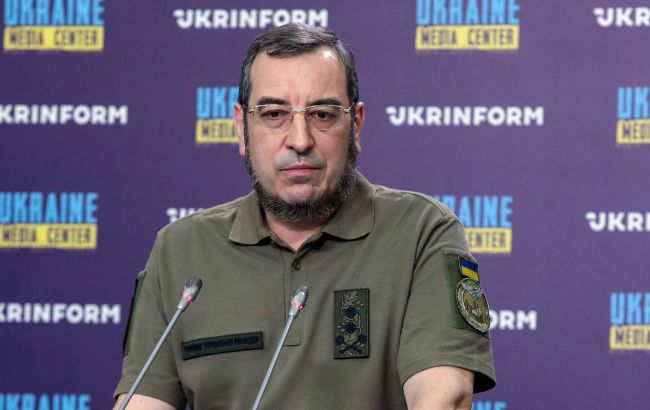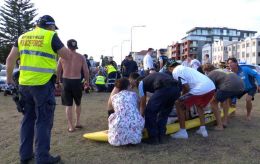Russia to produce 120,000 guided bombs and 30,000 Shaheds this year, says Ukrainian intelligence
 Photo: Vadym Skibitskyi, deputy head of Ukraine's Defense Intelligence (Getty Images)
Photo: Vadym Skibitskyi, deputy head of Ukraine's Defense Intelligence (Getty Images)
Russian authorities plan to produce at least 120,000 guided aerial bombs (KABs) in 2025. They also intend to manufacture at least 70,000 drones, including 30,000 copies of the Iranian Shahed, said Vadym Skibitskyi, deputy head of Ukraine's Defense Intelligence, in an interview with Reuters.
According to Skibitskyi, Russia aims to produce up to 120,000 KABs by the end of 2025. This figure includes both bombs already manufactured and those still planned. Russia also wants to produce at least 500 extended-range KABs.
He added that last month, Russia launched an average of up to 170 KABs per day at Ukraine. Now that number has risen to 200–250 per day.
In addition to standard KABs with a range of up to 90 kilometers, Russia is expanding production of new bombs equipped with a jet engine, capable of flying up to 200 km. Russia is also working on further upgrades to extend the range of these bombs to 400 kilometers.
"It is possible to shoot them down, but the quantity of these aerial bombs produced in the Russian Federation ... is enormous. This is a threat. A threat that will require us to respond appropriately," Skibitskyi noted.
Not only aerial bombs
Beyond KABs, Russia is also focused on drones. According to Skibitskyi, in 2025, Russia will produce a total of 70,000 long-range drones of all types. Among them, at least 30,000 will be copies of the Iranian Shahed. Russia uses long-range drones for terror attacks against energy facilities and infrastructure. Such attacks are unlikely to stop — their number will only increase.
"They started with 30 drones per month, now 30 can fly to a single target. They definitely want to break us. This is destabilising the internal situation," he said.
According to RBC-Ukraine, the Russian industry also plans to produce around 250 Grom-1E missiles and approximately 500 UMPB-5R jet-powered guided bombs by the end of the year. Thus, the estimate aligns with what Skibitskyi stated in an interview with Western media.
Jet-powered KABs and countermeasures
On October 24, Russian forces used modified jet-powered UMPB-5 guided bombs for the first time, targeting the Odesa region. Most of the bombs were shot down. Earlier, on October 18, Russia used a jet-powered KAB for the first time during the war in an attack on Lozova, Kharkiv region.
At the end of October, it became known that Ukraine will soon receive a new solution to counter Russian guided aerial bombs. A so-called KAB hunter is being developed jointly with NATO.

